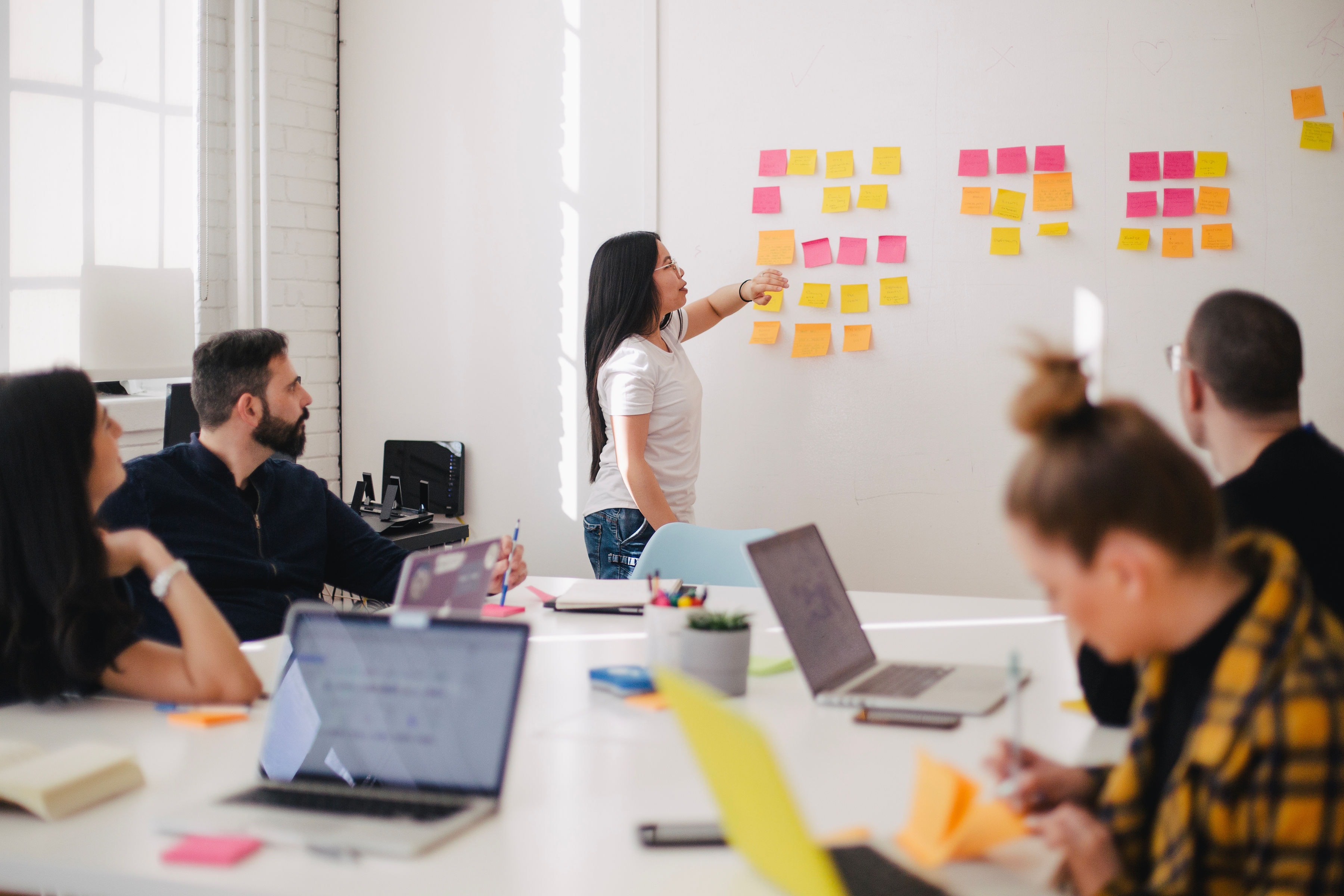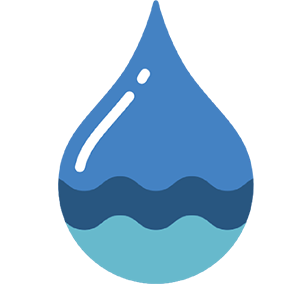The Blue Schools project

The Blue Schools project aims to introduce the Blue Economy to school education and support students to be aware of the blue economy and culture and learn how to build a sustainable future in coastal areas.
Students will mainly be educated in the blue concept through projects, this means, learning by doing and then reflecting practically. This project is in line with the European Union's guidelines on the blue economy as a sustainable activity for the benefit of the territories. The blue economy offers enormous potential for innovation and sustainability in coastal areas, provided that management and investment in these areas are based on respect for the sea and marine ecosystems and quality of life.
Defining the term of Blue Economy and that of the Blue Schools concept, setting criteria for assessment of blue schools and of blue students’ projects, designing a guide, training workshop, a transnational learning activity and 2 webinars to empower school teachers to enable them to be engaged in the idea themselves and pass the message to their students.
Target audience
Direct• Secondary school students in coastal areas
• Secondary school teachers in coastal areas
• Organizations, stakeholders and economic actors in the coastal zones
Objectives
The top priority of Blue Schools is to introduce the principle of the blue economy into school education in order to build a new generation sensitive to environmental issues, maritime heritage and sustainable economic development. It will raise awareness and help students to build a sustainable future in coastal areas and encourage them to participate actively in society and to engage with local stakeholders.
Blue Schools aims to :
• Develop a blue school concept
• Train teachers about the blue economy
• Create educational materials for students and implicate them in projects related to the blue economy
• Create a transnational competition of these projects
How is the project proceeding?
The whole project is divided in 3 intellectual outputs, 2 learning activities, 7 multiplier events as well as transversal activities (management, dissemination, quality assurance).

